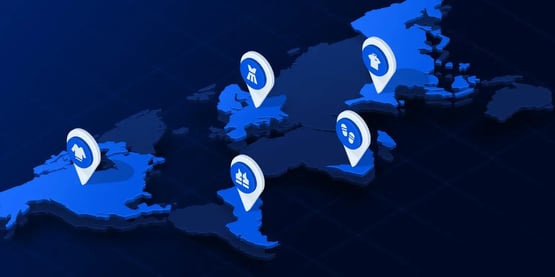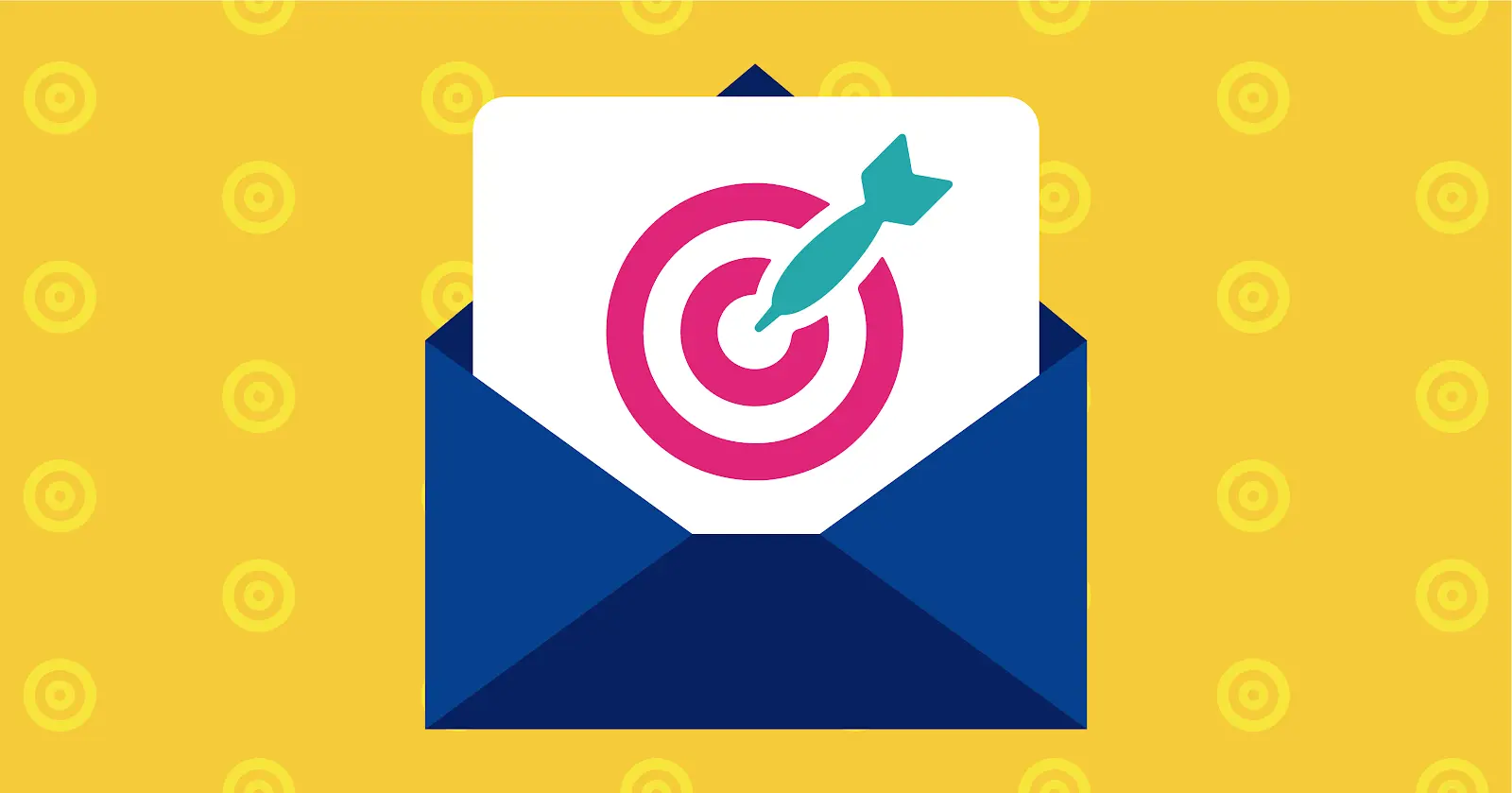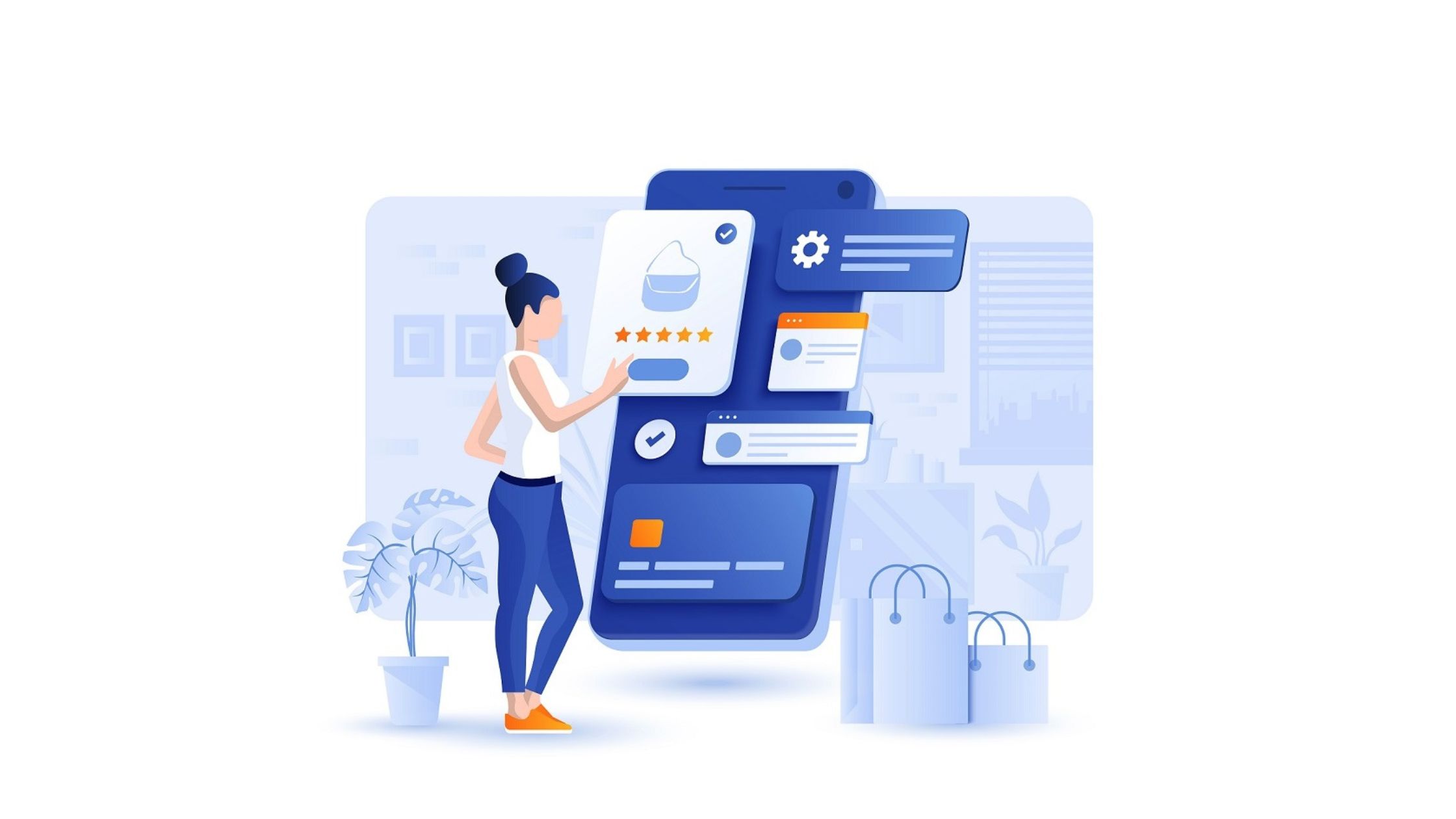Your Ultimate Guide To Geographic Segmentation In e-Commerce
It has been proven that people residing in different geographic locations have different preferences, habits, interests, cultures, and routines.
So, since online businesses have to always keep up with the changing needs and demands, geographic segmentation became essential. It provides businesses with an extra edge regarding their knowledge of customers.
Hence, like you segment your market by demographics and interests, now is the time to segment your market geographically.
We bet you are lost right now on everything related to geographic segmentation. But, we have got you covered.
Throughout this article, you will learn about geographic segmentation, why use it, how it is used, and some examples of e-commerce stores leveraging geographic segmentation.
https://squeezegrowth.com/geographic-segmentation/ (ARTICLE)
Table Of Content
- What Is Geographic Segmentation
- Why Use Geographic Segmentation For e-Commerce And Statistics
- How To Use Geographic Segmentation
- Examples
What Is Geographic Segmentation?
 Image source: instapage.com
Image source: instapage.com
Generally speaking, market segmentation includes dividing your market into smaller groups with similar characteristics to deliver targeted marketing messages and products that serve their needs.
Accordingly, geographic segmentation involves segmenting your audience based on their area of residence or work. People from different regions have different cultural preferences, languages, or population types.
Hence, segmenting based on location enables businesses to deliver a tailored message to their audiences. Geographic segmentation can be done on different levels. You can segment by area, region, city, or country.
Why Use Geographic Segmentation For e-Commerce With Statistics?
We always want to provide you with the reasons and benefits behind using a particular marketing tactic. Hence, we will tell you the reasons to start working on geographic segmentation for your e-commerce.
Not only the reasons but also we will fill you with some statistics and numbers to convince you even more.
1- Increases Sales
The first reason to start using geographic segmentation is that it increases sales. This is indeed logical, as providing customers with relevant and tailored messages makes them develop better relationships with your brand.
Thus, they are more encouraged to purchase if you offer them relevant product recommendations compatible with their needs.
Also, numbers-wise, studies have shown that 90% of marketers claimed location-based marketing increases sales (Martech Series,2023).
2- Easy To Start
One of the main advantages of geographic segmentation is that it is super easy to start using.
Unlike psychographic and demographic segmentation, geographic segmentation does not require detailed data collection and customers’ behaviors. Just knowing different locations is a perfect starting point.
So, no sophistication to identify your desired segment.
3- Increases Customer Engagement
.webp?width=624&height=401&name=customer_engagement%20(1).webp) Image source: sender.net
Image source: sender.net
It has been shown that marketing based on locational attributes increases customer engagement by 84% and client base by 86% (Martech Series,2023).
Geographic segmentation enables your e-commerce to deliver the right message to your audience. Hence, more relevancy contributes to higher customer engagement.
Customers can resonate more with your brand if your products are tailored to their needs. Thus, you create a better and localized user experience.
4- More Effective Advertising
Through geographic segmentation, your e-commerce will be able to allocate its marketing budget to the right place.
As a result, your ads will be delivered to the right target audience, who will be more likely to take action rather than allocating your budget to an irrelevant audience.
Geographic segmentation enables your e-commerce to understand the region your target audience belongs to and understand their language and individual needs. Therefore, you will formulate more appealing messages to their needs.
How To Use Geographic Segmentation?
Ready to kickstart your geographic segmentation for your e-commerce? We will tell you the steps to follow to start using location-based segmentation.
1- Identify The Scope Of Your Market
To start using geographic segmentation for your online store, you will have to identify the scope of your market.
To elaborate, you have to identify the geographic level you will focus on. Are you going to focus on the local level, country level, or regional level? As a result, the degree of message customization will be identified.
2- Gather Data
Now is the time to gather some data about your targeted geographic area. You have to know more about the needs and preferences of your geographical segment, in addition to their behaviors, cultural preferences, and lingo.
Also, knowing primary demographic attributes will be necessary for conducting geographic segmentation while checking regional differences.
All of this information will enable your online store to deliver the right message to your targeted audience.
3- Evaluate The Profitability Of Your Segment
After gathering information about your desired geographic segment, you will have to assess its profitability.
The feasibility and profitability of each segment are evident through the size and growth of your segment. Also, consider to what extent this segment is aligned with your business objectives.
Additionally, focusing on the extent to which this geographic segment will increase your market value and market share is essential.
Simply put, you will have to assess the different opportunities this geographic segment provides to your e-commerce.
4- Personalize Your Message
Congrats, your desired geographic segment has proved to be feasible.
So, it’s time to start formulating a suitable message appealing to your target segment.
Always keep in mind that your message should be consistent with the data you previously gathered.
A bonus tip: focus on the culture, language, and phrases widely used in specific regions. This will make your audience feel like your message is delivered precisely to them, which is exactly what you want.
5- Monitor And Assess The Performance
As we always say, you should constantly monitor, evaluate and assess your marketing efforts' performance. Likewise, you will have to assess the performance of your geographic segmentation and its implications for achieving your objectives.
This will enable your online store to identify any deficiencies that need to be tackled in future segmentation efforts and to conduct any further adjustments.
Geographic Segmentation In e-Commerce Examples
- Nike
 Image source: qualtrics.com
Image source: qualtrics.com
Nike is a tycoon when it comes to geographic segmentation. Since Nike functions in several countries worldwide, so it formulates relevant messages to different audiences based on location.
For example, Nike focuses its ads on American football and baseball in the American market. Unlike the European market, in which its ads are directed toward football.
This emerges from the fact that Nike segments its market geographically and delivers compatible messages.
- H&M

To deliver more relevant messages, H&M focuses on delivering seasonal messages appealing to its various markets.
This is evident in the type of messages delivered to its Australian audience compared to its Swedish audience. For example, its Swedish site has fall outfits with checker cardigans, while its Australian website promotes spring floral dresses.
Thus, H&M based its message on the different climate conditions in its markets.
- Oddbox
.webp?width=624&height=418&name=geographic-segmentation-example-oddbox%20(1).webp) Image source: yieldify.com
Image source: yieldify.com
Oddbox is a food box subscription service that functions mainly in the UK. In order to expand to another city within the UK, Oddbox sends different messages based on the town it is functioning in.
For instance, Oddbox is already well established in the market in London. Thus, its social media ads directed to London residents differ from those delivered to Brighton residents, the new market to Oddbox.
Therefore, Oddbox was able to use geographic segmentation for its social media ads ideally.
Final Thoughts:
If you are still not using geographic segmentation in your e-commerce, you are missing out on tremendous benefits that can accelerate the performance of your business.
When we talk about segmentation, we have to mention Convertedin and its auto-segmentation service.
By using Converted.in auto segmentation, you don’t have to filter and analyze customer segments by yourself as everything will be done effortlessly to your e-commerce.
This is just the start of the services that Convertedin can provide to your e-commerce.
So, book your demo now to enjoy plenty of its services.
 By
By

